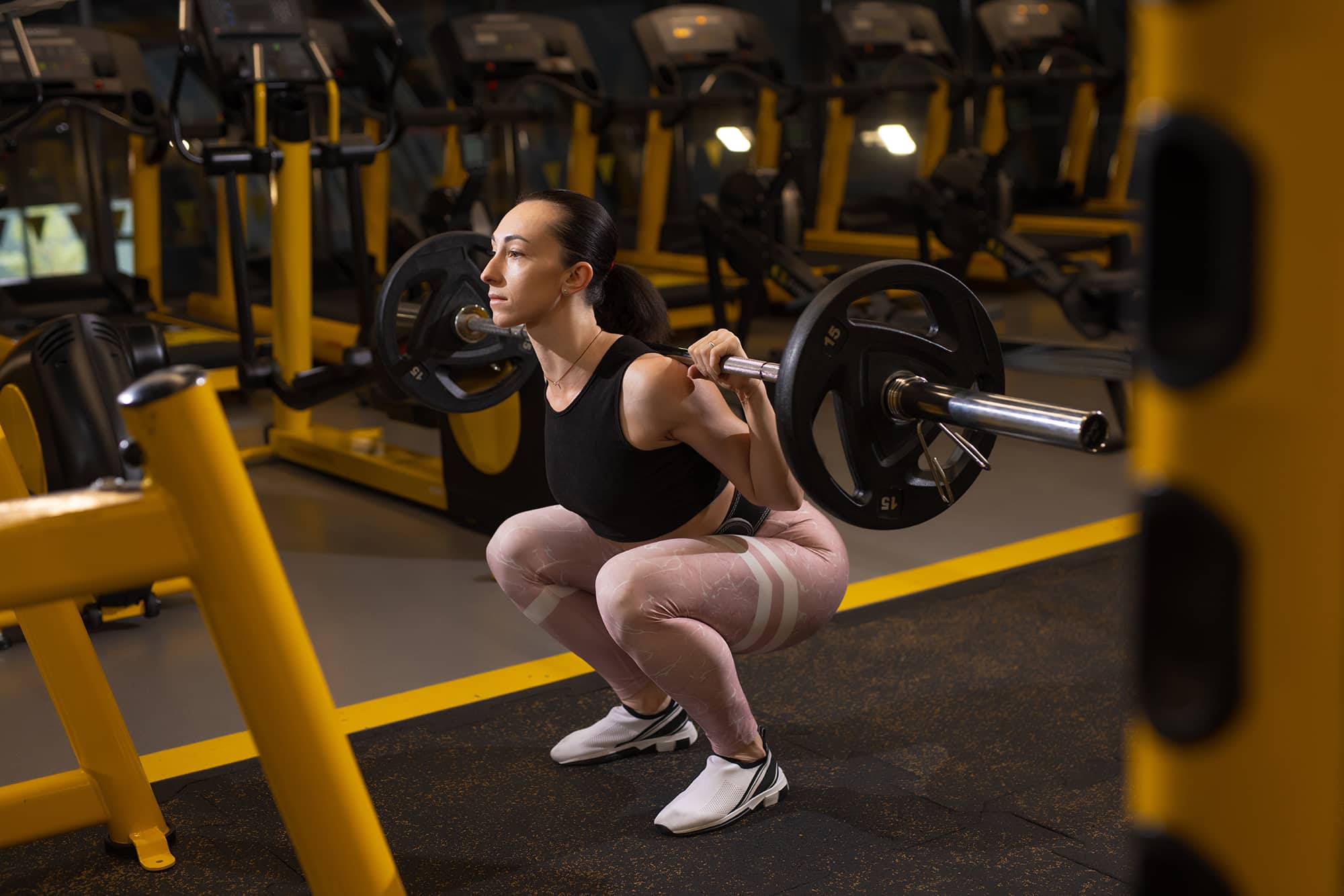Have you ever wondered if there’s such a thing as too much when it comes to resistance training? A groundbreaking study has ventured into this territory, examining the effects of extreme training volumes on muscle growth and strength.
Unpacking the Study on Resistance Training Volume
A recent study set out to explore the limits of training volume in resistance training, pushing the boundaries further than ever before. With a sample of 37 men, all seasoned in resistance training, the study divided participants into three groups: a Control Group, a 4 Set Progression Group, and a 6 Set Progression Group. The latter tackled an unprecedented 52 sets per week, making it a focal point for our exploration into training volumes.
Diving Deeper into the Training Regimen
The study was meticulously designed, with participants undergoing an adaptation phase to standardize training volumes before embarking on a 12-week intensive regimen. This approach allowed for a clear comparison of the effects of increasing training volumes from a baseline of 22 sets per week up to 42 and 52 sets, respectively, for the progression groups.
Training Program Insights
Each participant followed a structured training program, with two lower body sessions per week covering three key exercises: Barbell Back Squat, 45 Degree Leg Press, and Seated Leg Extension. The progression of training volume was carefully managed to ensure a balanced increase across exercises.
Visualizing the Training Volume Increase
All participants completed 2 lower body training sessions per week under the supervision of a trained Strength & Conditioning coach. Different rep ranges were used in each training session:
- Session 1 utilised the 6-8 Rep Range
- Session 2 utilised the 10-12 Rep Range
The Baseline Volume which consisted of 22 working sets was split across the three exercises as follows:
- Barbell Back Squat was assigned 8 Sets per week
- 45 Degree Leg Press was assigned 8 Sets
- Seated Leg Extension was assigned 6 Sets
The set progressions were applied as follows:
Sets progressions were added in a linear fashion following the exercise order: one set for the barbell back squat, one set for leg press, and one set for the seated knee extension and so on.
I think this might be best demonstrated with a table
4 Set Group
|
WORKOUT 1 |
WORKOUT 2 |
|||||
|
BARBELL BACK SQUAT |
45-DEGREE LEG PRESS | SEATED KNEE EXTENSION | BARBELL BACK SQUAT | 45-DEGREE LEG PRESS |
SEATED KNEE EXTENSION |
|
| WEEK 1 – BASELINE | 4 | 4 | 3 | 4 | 4 | 3 |
| WEEK 3 | 4 | 4 | 4 | 5 | 5 | 4 |
| WEEK 5 | 5 | 5 | 5 | 6 | 5 | 4 |
6 Set Group
| WORKOUT 1 | WORKOUT 2 | |||||
| BARBELL BACK SQUAT | 45-DEGREE LEG PRESS | SEATED KNEE EXTENSION | BARBELL BACK SQUAT | 45-DEGREE LEG PRESS | SEATED KNEE EXTENSION | |
| WEEK 1 – BASELINE | 4 | 4 | 3 | 4 | 4 | 3 |
| WEEK 3 | 4 | 4 | 5 | 6 | 6 | 3 |
| WEEK 5 | 6 | 6 | 5 | 6 | 6 | 5 |
Sets were carried out at an RIR of 2, while the last set of each exercise was completed to volitional concentric failure.
Analyzing the Outcomes
The study measured both muscle hypertrophy and strength, finding significant improvements in all groups. However, the most notable strength gains were observed in the progression groups, with the 6 Set Group showing the highest increase in 1RM Back Squat strength. Interestingly, despite these variations in volume and strength gains, muscle hypertrophy improvements were not significantly different across the groups.
Interpreting the Results: Volume vs. Efficiency
This study challenges the notion that more is always better in resistance training. While the higher volume groups achieved greater strength gains, the lack of significant difference in hypertrophy outcomes suggests a point of diminishing returns.
Practical Implications for Your Training
The findings highlight the importance of finding a balance in training volume that maximizes strength and muscle growth without leading to excessive fatigue or impractical time commitments. For most fitness enthusiasts, a moderate increase in volume, akin to the 4 Set Progression Group, may offer a more feasible and efficient path to achieving their goals.
Concluding Thoughts
This study offers valuable insights into the relationship between training volume, muscle growth, and strength. As we strive for optimal fitness results, understanding the nuances of resistance training volume can guide us in tailoring our workouts for maximum efficiency and effectiveness.
Engage with Us
How does the idea of integrating such volumes into your training regimen resonate with you? Share your thoughts and experiences with resistance training in the comments below. Let’s explore together the most effective strategies to enhance our strength and muscle gains.

Holly T. Baxter is an Australian Dietitian with over 13 years of experience in health and fitness. She holds a degree in Food Science and Nutrition and a Master of Dietetics from Deakin University. A former professional physique athlete, Holly has two World Championship titles. Her latest project, BiaBody, is dedicated to women’s health and fitness. As an APD Dietitian and Online Physique Coach, she focuses on evidence-based health education and empowering women through fitness.

